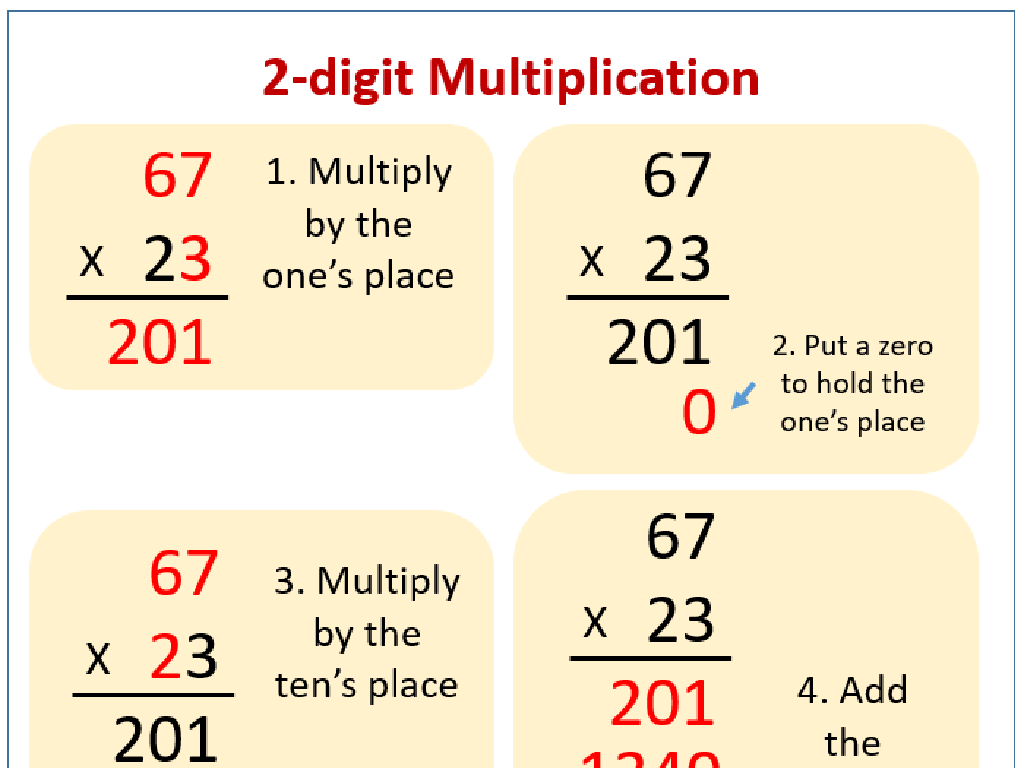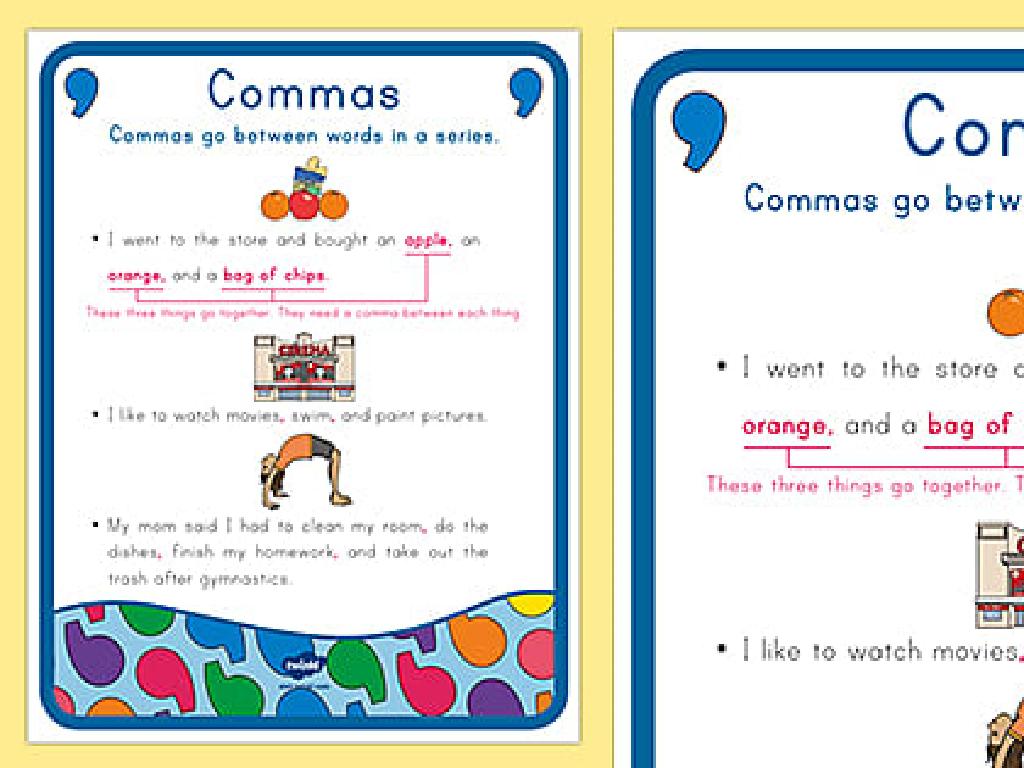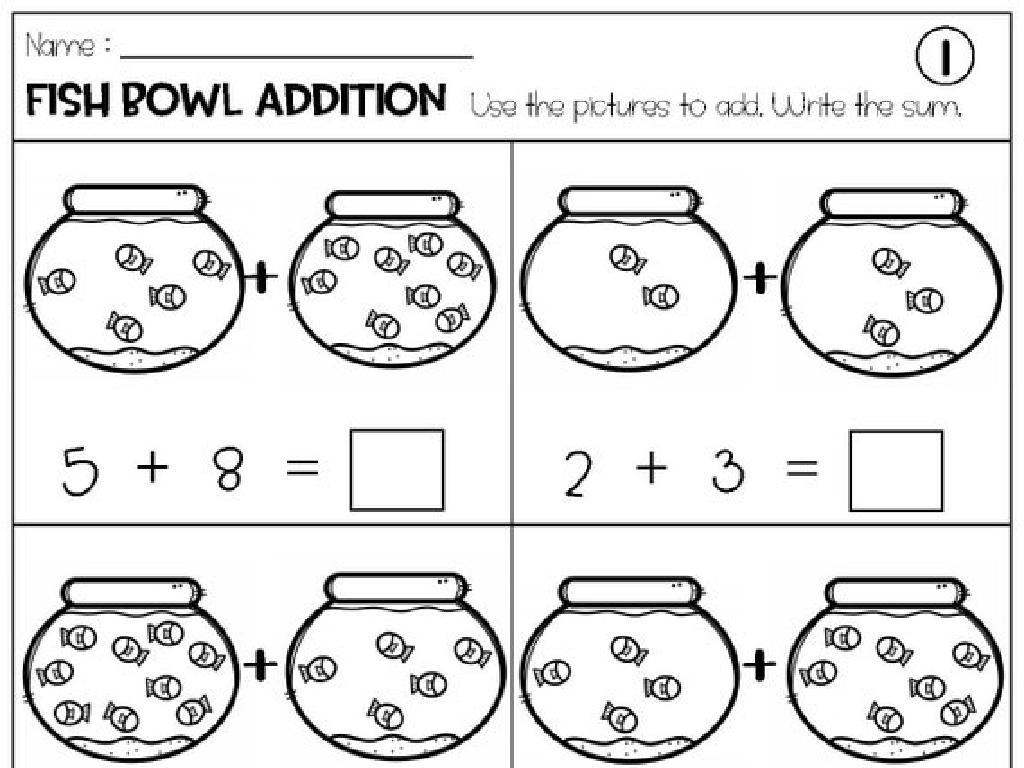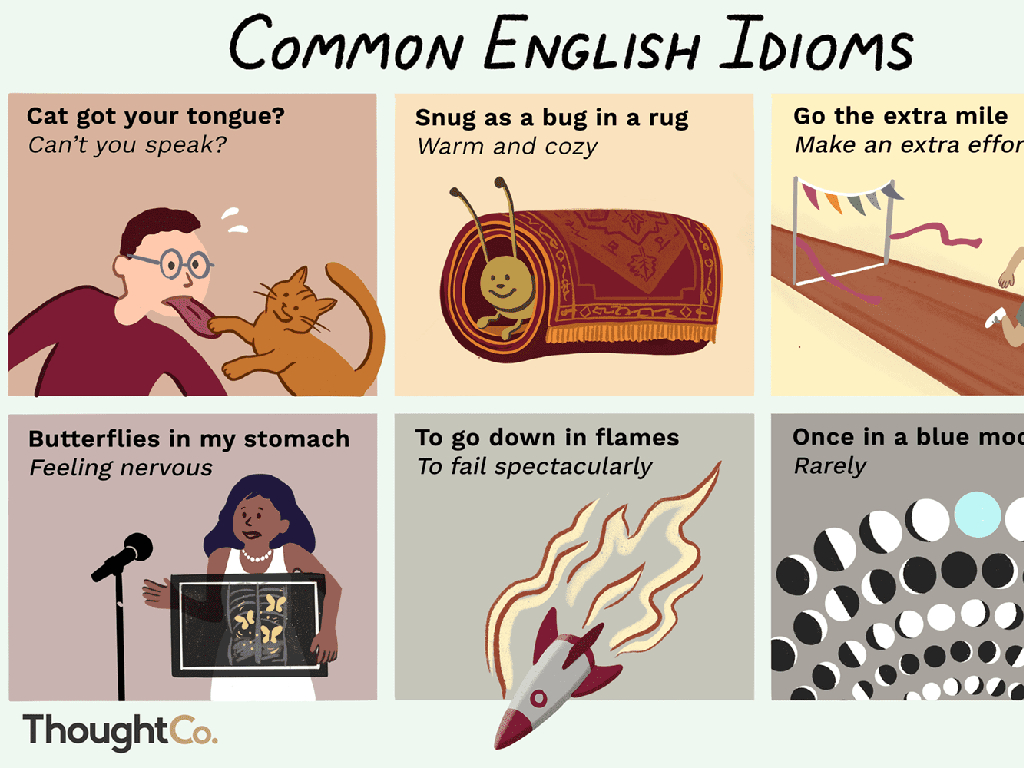What Does The Modal Verb Show?
Subject: Language arts
Grade: Sixth grade
Topic: Verb Types
Please LOG IN to download the presentation. Access is available to registered users only.
View More Content
Exploring Modal Verbs in Sentences
– Modal verbs: an introduction
– Modals like ‘can’, ‘must’, ‘will’ show possibility, ability, or obligation.
– Types of modal verbs
– Common modals include ‘can’, ‘could’, ‘may’, ‘might’, ‘must’, ‘shall’, ‘should’, ‘will’, ‘would’.
– Modal verbs in action
– ‘She can swim’ shows ability, while ‘She must swim’ shows necessity.
– Effect of modal verbs on meaning
– Modals change the tone from certainty to permission, obligation, or speculation.
|
This slide introduces modal verbs and their role in shaping the meaning of sentences. Modal verbs are auxiliary verbs that express necessity, possibility, permission, or ability. They are used alongside main verbs to give additional information about the function of the main verb. Start by explaining what modal verbs are and then list the types, providing examples for each. Show how the use of different modal verbs can alter the meaning of a sentence, and discuss the nuances each modal verb introduces. Encourage students to create their own sentences using different modal verbs to understand their effects on sentence meaning.
Exploring Verbs: The Action Words
– Define what a verb is
– A verb is a word that shows action or state of being.
– Verbs represent actions
– Actions like ‘run’, ‘jump’, ‘think’, and ‘exist’.
– Verbs in sentence examples
– ‘She sings beautifully’ – ‘sings’ is the verb showing action.
– Modal verbs and their function
– Modal verbs like ‘can’, ‘may’, ‘must’ show possibility, ability, permission, or obligation.
|
This slide introduces the concept of verbs to the students, emphasizing their role as action words in sentences. Begin by defining a verb and then explain how verbs are used to represent actions or states of being. Provide clear examples of verbs within sentences to illustrate their use in context. Introduce modal verbs as a special category that helps to express different shades of meaning like possibility, ability, permission, or obligation. Encourage students to come up with their own sentences using different verbs, including modal verbs, to reinforce their understanding.
Exploring Modal Verbs
– Action verbs show what happens
– Linking verbs connect subject to state
– Helping verbs support main verbs
– Modal verbs express possibility or necessity
– Can, could, will, would, shall, should, may, might, must
|
This slide introduces students to the concept of modal verbs within the broader category of verb types. Action verbs are used to indicate what someone or something is doing. Linking verbs, such as ‘am,’ ‘is,’ ‘are,’ ‘was,’ and ‘were,’ serve to connect the subject of a sentence to additional information about the subject. Helping verbs, or auxiliary verbs, are used alongside main verbs to create a verb phrase (e.g., ‘has jumped’). Modal verbs are a special type of auxiliary verb that express modality they allow speakers to modify the mood of the verb, indicating possibility, ability, obligation, or permission. Examples of modal verbs include ‘can,’ ‘could,’ ‘will,’ ‘would,’ ‘shall,’ ‘should,’ ‘may,’ ‘might,’ and ‘must.’ Encourage students to identify and use these verbs in sentences to express different degrees of certainty, permission, and obligation.
Exploring Modal Verbs
– Definition of modal verbs
– Modal verbs express ability, possibility, permission, or obligation
– Characteristics of modal verbs
– They do not change form for tense or subject
– Common modal verbs list
– can, could, may, might, shall, should, will, would, must, ought to
– Usage of modal verbs in sentences
– ‘Can’ for ability: ‘I can swim.’ ‘Must’ for obligation: ‘You must study.’
|
This slide introduces modal verbs, which are auxiliary verbs that express necessity, possibility, permission, or ability. They are unique because they do not change form based on the subject or tense and are always paired with a main verb. Provide examples for each modal verb to illustrate their use in context. Emphasize that modal verbs are a fundamental part of English grammar, helping to convey the speaker’s attitude towards the action of the verb. Encourage students to create sentences using each modal verb to understand their meanings and uses better.
Exploring Modal Verbs
– ‘Can’ and ‘could’ for ability
– ‘Can’ is present ability, ‘could’ is past or conditional ability.
– ‘May’ and ‘might’ for permission
– ‘May’ is formal permission, ‘might’ is less certain.
– ‘Will’ and ‘would’ for requests
– ‘Will’ is definite request, ‘would’ is polite or conditional.
– ‘Must’, ‘shall’, ‘should’ for obligation
– ‘Must’ is strong obligation, ‘shall’ is formal, ‘should’ is advice.
|
This slide introduces students to modal verbs and their functions in expressing different nuances of meaning. Modal verbs are special verbs that add meaning to the main verb in a sentence. ‘Can’ and ‘could’ are used to talk about someone’s ability to do something. ‘May’ and ‘might’ are used when asking for permission, with ‘may’ being more formal. ‘Will’ and ‘would’ are used when making requests; ‘will’ for more direct requests, ‘would’ for polite or hypothetical situations. ‘Must’, ‘shall’, and ‘should’ express obligation or duty, with varying degrees of formality and strength. Encourage students to create sentences using each modal verb to understand their usage better.
Modal Verbs in Action
– Identify modal verbs in sentences
– Understand the meaning conveyed
– Modal verbs like ‘can’, ‘must’ show possibility, ability, obligation, etc.
– Compare ‘can’ vs ‘must’
– ‘Can’ suggests ability; ‘must’ indicates necessity.
– Practice with class examples
– We’ll look at sentences together and find the modals.
|
This slide aims to help students recognize and understand modal verbs within the context of a sentence. Modal verbs are auxiliary verbs that express necessity, possibility, permission, or ability. The slide provides a direct comparison between ‘can’ and ‘must’ to highlight how different modals change the meaning of a sentence. ‘She can swim.’ suggests that she is able to swim, whereas ‘She must swim.’ implies that there is an obligation for her to swim. Encourage students to find modal verbs in their own example sentences and discuss as a class what each modal verb indicates about the action of the main verb. This will help solidify their understanding of how modal verbs modify the meaning of sentences.
Modal Verbs and Tone
– Modal verbs shape sentence tone
– Modal verbs like ‘can’, ‘must’, express necessity or possibility, affecting how a statement feels.
– ‘Can’ vs. ‘Must’: Tone difference
– ‘Can’ suggests ability or permission, while ‘must’ implies obligation or strong necessity.
– Role-play with modal verbs
– Practice saying ‘I can finish my homework later’ vs. ‘I must finish my homework now’.
|
This slide aims to teach students how the choice of modal verbs can change the tone of a sentence, which is crucial for expressing different levels of necessity, possibility, or permission. ‘Can’ often indicates an option or ability, giving a more relaxed tone, whereas ‘must’ denotes a requirement or urgency, creating a more pressing tone. During the role-play activity, encourage students to say the same sentence using different modal verbs to feel the tone change. This will help them understand the subtleties of language and how word choice can affect communication. Provide examples and guide them through the activity, ensuring they grasp the concept of tone variation with modal verbs.
Let’s Practice with Modal Verbs!
– Fill in the blanks with modals
– Choose modals based on context
– Consider what the sentence is trying to express: ability, possibility, permission, or obligation.
– Share your modal sentences
– Practice speaking skills and learn from peers.
– Understand modal verb usage
– Grasp how modals change a sentence’s meaning.
|
This slide is for a class activity focused on modal verbs. Students will practice using modal verbs by filling in the blanks in sentences with the appropriate modal verb. They should consider the context of each sentence to decide which modal verb is correct, based on what the sentence is trying to express whether it’s ability, possibility, permission, or obligation. After completing the exercise, students will share their sentences with the class, which will help them practice their speaking skills and learn from their peers. This activity will enhance their understanding of how modal verbs can change the meaning of a sentence and how they are used in different contexts. For the teacher: Prepare sentences with blanks for modal verbs, ensure a variety of contexts and usages are covered, and be ready to provide guidance and feedback during the sharing session.
Class Activity: Modal Verb Charades
– Act out a sentence with a modal verb
– Classmates guess the modal verb
– Discuss the appropriateness of the modal verb
– Why does the modal verb fit the scenario?
– Reflect on the activity
– Share what you learned from this game.
|
This interactive class activity is designed to help students understand the use of modal verbs in context. Modal verbs like ‘can’, ‘must’, ‘should’, etc., express necessity, possibility, permission, or ability. Students will take turns acting out a scenario using a sentence that includes a modal verb. Their classmates will then guess which modal verb was used. After the correct guess, there will be a brief discussion on why the chosen modal verb is appropriate for the scenario, reinforcing the understanding of modal verbs’ functions. Possible scenarios could include asking for permission, expressing a need, showing ability, or making a polite request. This activity will engage students in a fun way and enhance their grasp of modal verbs in everyday communication.
Wrapping Up: Modal Verbs & Your Homework
– Recap: What are modal verbs?
– Modal verbs express necessity, possibility, or permission.
– Choosing the right modal verb
– The meaning changes with different modal verbs.
– Homework: Craft a short story
– Use your imagination and modal verbs to tell a tale.
– Include 5 different modal verbs
– Show how each modal verb changes the sentence’s meaning.
|
As we conclude today’s lesson, remember that modal verbs are special verbs that add meaning to the main verb in a sentence. They help us express things like ability, possibility, permission, or obligation. It’s crucial to choose the right modal verb to convey the exact thought or intention. For homework, students are tasked with writing a short story that includes at least five different modal verbs. This will help them understand the use of modal verbs in various contexts. Encourage creativity and remind them to think about how each modal verb affects the meaning of their sentences. In the next class, we can discuss some of their stories to reinforce the lesson.






